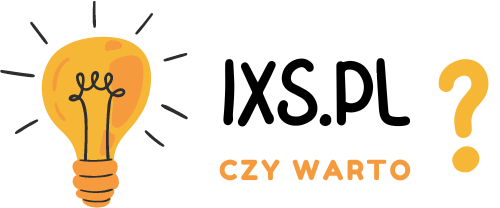Exploring the intricacies of the crossword puzzle’s cognitive nexus

Understanding the essence of the crossword puzzle
Crossword puzzles, ubiquitous in newspapers, magazines, and digital platforms, have captivated minds for generations.
At the heart of this enigmatic pastime lies the essence of a linguistic labyrinth, where words intertwine, intersect, and unravel within a grid. Yet, beyond its facade of mere entertainment, the crossword puzzle embodies a profound cognitive exercise, engaging the faculties of memory, language, and problem-solving. Central to unraveling its mysteries is the concept of “rozum krzyżówka,” a term that encapsulates the cognitive processes underlying this beloved pastime.
Deciphering “rozum krzyżówka”
In the realm of crossword puzzles, “rozum krzyżówka” serves as a cornerstone concept, denoting the cognitive faculty required to solve these intricate linguistic conundrums. Originating from the Polish language, “rozum krzyżówka” translates to “crossword puzzle reasoning” or “crossword puzzle understanding.” At its core, it represents the amalgamation of linguistic comprehension, deductive reasoning, and pattern recognition essential for successful puzzle completion.
The cognitive nexus of crossword puzzle solving
Crossword puzzles, with their intersecting clues and interlocking words, provide a fertile ground for cognitive exploration. Engaging in “rozum krzyżówka” entails a multifaceted cognitive process, beginning with lexical retrieval—the ability to recall words from memory based on contextual cues provided by the clues. This process draws upon semantic memory, where stored knowledge of words, phrases, and their meanings is accessed and integrated into the puzzle-solving endeavor.
Moreover, “rozum krzyżówka” encompasses syntactic analysis, as solvers navigate the grammatical structures embedded within the clues to discern the intended word or phrase. This involves parsing the syntactic features of the clue, such as verb tense, word order, and syntactic ambiguity, to arrive at the most fitting solution.
Additionally, successful crossword puzzle solving relies heavily on deductive reasoning, wherein solvers employ logical inference and elimination strategies to narrow down potential solutions. By leveraging contextual information provided by intersecting clues and the overall grid layout, solvers can iteratively refine their hypotheses until arriving at the correct solution—a process emblematic of “rozum krzyżówka.”
Neurocognitive underpinnings
Delving deeper into the neurocognitive underpinnings of “rozum krzyżówka,” research has illuminated the intricate neural networks recruited during puzzle solving. Functional magnetic resonance imaging (fMRI) studies have revealed increased activation in regions associated with language processing, such as the left inferior frontal gyrus and posterior temporal regions, during crossword puzzle solving tasks. Furthermore, areas implicated in executive functions, including the prefrontal cortex, exhibit heightened activity as solvers engage in strategic decision-making and cognitive control processes.
Moreover, the dopaminergic reward system, implicated in motivation and reinforcement learning, is thought to play a role in the intrinsic satisfaction derived from successfully completing crossword puzzles. The sense of achievement elicited by cracking a particularly challenging clue may be attributed, in part, to the release of dopamine in reward-related brain regions—a phenomenon that underscores the intrinsic motivational appeal of puzzle solving.
Practical implications and benefits
Beyond its recreational allure, the pursuit of “rozum krzyżówka” offers manifold cognitive benefits. Engaging in regular crossword puzzle solving has been associated with improved verbal fluency, enhanced vocabulary retention, and bolstered cognitive reserve—a protective factor against age-related cognitive decline. Moreover, the mental agility fostered by crossword puzzles may confer broader benefits in everyday cognitive tasks, from problem-solving to critical thinking.
Furthermore, the inclusive nature of crossword puzzles renders them accessible to individuals of all ages and educational backgrounds, fostering intellectual stimulation and community engagement. Whether enjoyed solitarily or as a communal activity, crossword puzzles serve as a testament to the enduring appeal of linguistic exploration and cognitive challenge.
In conclusion, the concept of “rozum krzyżówka” encapsulates the cognitive essence of crossword puzzle solving—an intricate interplay of lexical retrieval, syntactic analysis, deductive reasoning, and neurocognitive processes. Beyond its role as a leisurely pastime, “rozum krzyżówka” underscores the profound cognitive benefits and neural intricacies inherent in the pursuit of linguistic puzzles. As crossword enthusiasts continue to unravel the mysteries of grids and clues, they embark on a journey of intellectual exploration guided by the enduring allure of the crossword puzzle.
2 / 2




